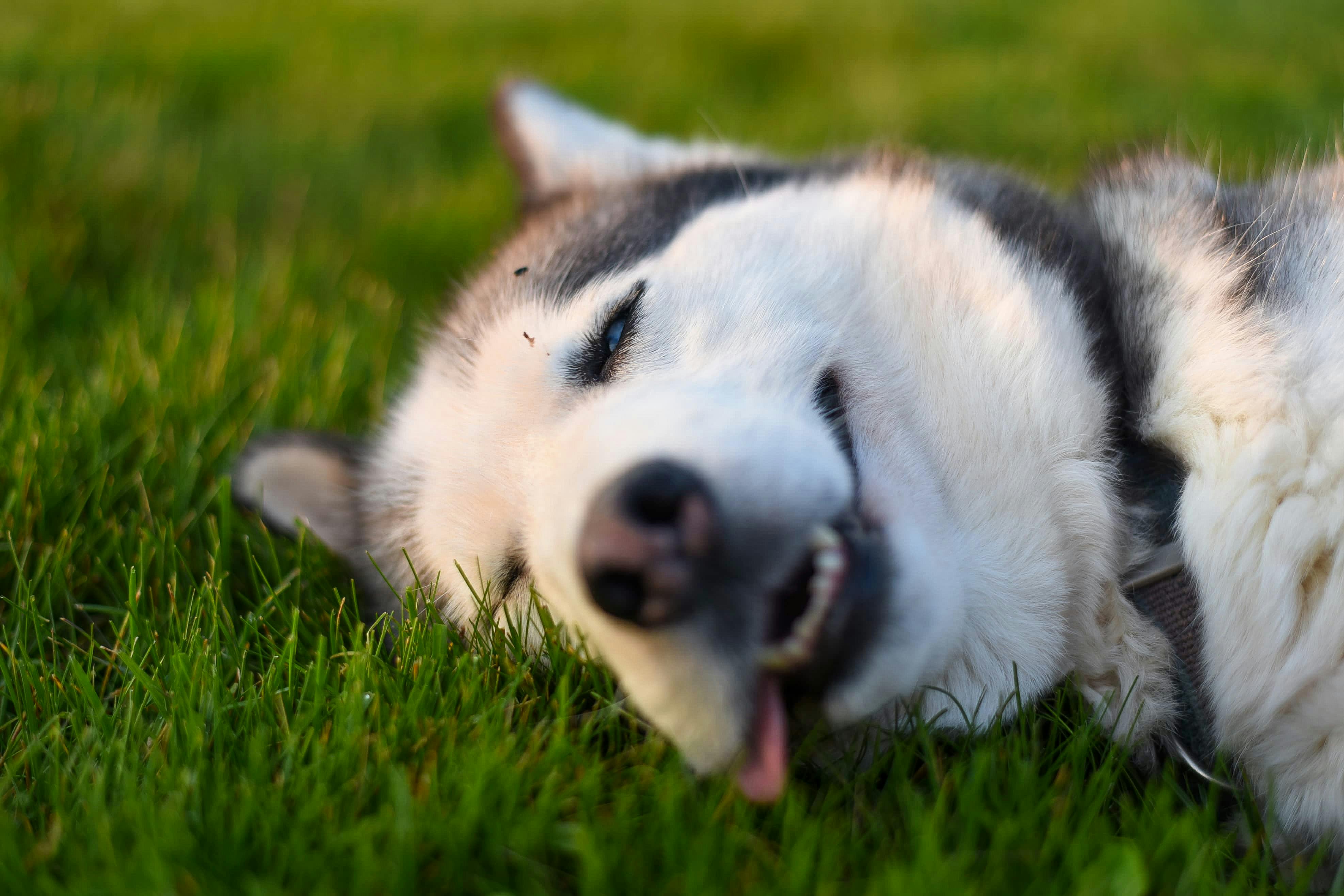
Rottweiler Dog Breed Profile
Description: The Rottweiler is a large, muscular dog that weighs between 80 and 130 pounds. The Rottweiler dog is 24 to 27 inches at the withers, and the bitch is generally 22 to 25 inches. The Rottweiler has a strong, broad head with a scissor bite. The body is deep and powerful. The usual coat color of the Rottweiler is black with tan markings on the face, muzzle, chest, and legs. A lighter color variation, red with brown accents, occurs less frequently. The Rottweiler has a lifespan of 10 to 12 years. It is also called the butcher dog.
History: The history of the Rottweiler is quite fascinating as it dates back to the days of the Roman Empire. Roman legionnaires had to travel with large herds of cattle for food while on campaign, and the progenitor of the Rottweiler was used to herd cattle. One of the legion’s stops was the city of Rottweil in Germany and it was here that the Roman dogs bred with the local dogs. Many of the dogs were left behind when the legions moved in and breeders in the city developed the breed. Later, butchers used Rottweilers to guard and herd cattle. When the railroads came along, the breed nearly became extinct for lack of purpose, but the Rottweiler soon found new work as a police, guard, or draft dog.
Temperament: A well-bred Rottweiler is generally a calm and loyal dog. He is extremely loyal, affectionate, and protective of his human family. The dog’s owner must be dominant, the Rottweiler must be subservient to his master. Unfortunately, careless breeding, poor socialization, and a lack of exercise or work can lead to an unstable and aggressive dog. The Rottweiler is good with his owner’s children, but should be closely supervised around other children.
Health problems: hip and elbow dysplasia are the main health problems of the Rottweiler. You may also suffer from eye problems and spinal paralysis. The popularity of the Rottweiler has led to excessive inbreeding and, in addition to mental stability issues, has led to an increase in heart disease and cancer. Stomach torsion, or bloat, can occur in this breed, as it can in almost any large dog. This requires immediate veterinary treatment. The Rottweiler is capable of releasing puppies with ease and will often produce litters of 10-12 puppies.
Grooming: The Rottweiler’s wire coat can shed quite a bit, so an occasional brushing will help control this situation. The Rottweiler tends to drool and drool, so the muzzle should be cleaned when necessary. Be sure to pay attention to the ears to keep them clean and dry.
Living conditions: Since the Rottweiler is a fairly calm dog on the inside, it can live in an apartment. However, it must be given enough exercise or work. This dog started out as a working dog and needs the mental and physical stimulation of a “work” to keep him stable. The Rottweiler enjoys being around the people he loves, but he is capable of living and sleeping outdoors as long as he is provided with a suitable doghouse.